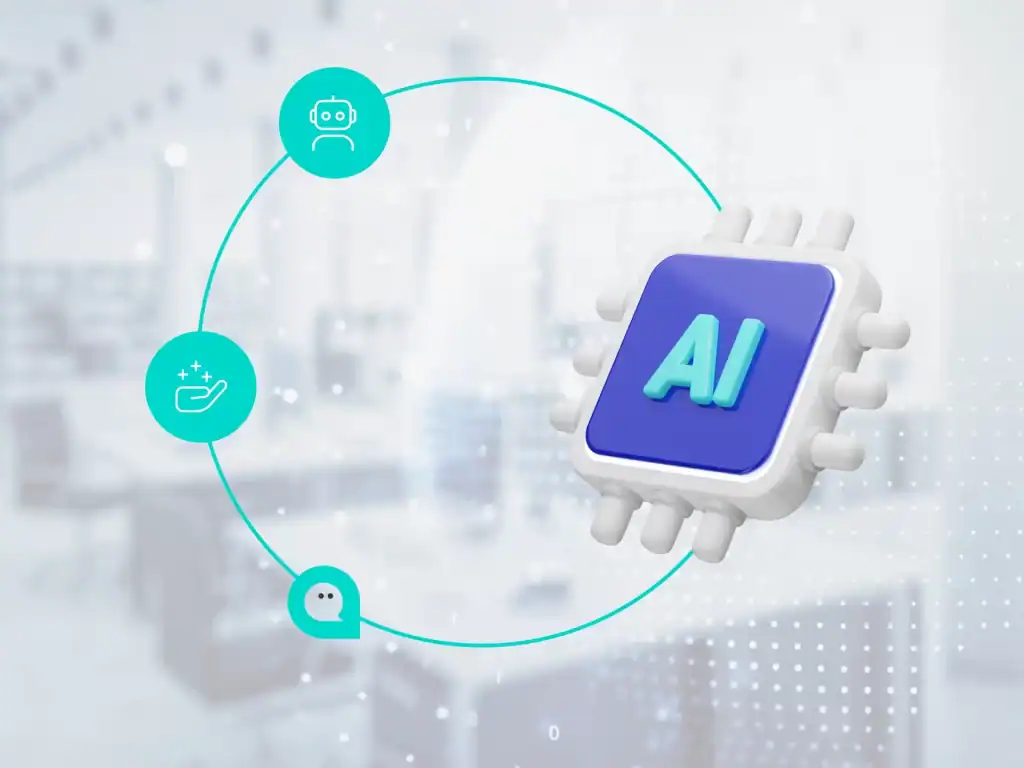In recent years, the world of customer care has undergone a radical transformation. With the advent of technology and the widespread use of mobile devices, customers have gained unprecedented power. Today, end-users can interact with companies in various ways, across different platforms and channels. This has led to the emergence of two main approaches to customer support: the omnichannel approach and the multichannel approach.
But what is the difference? And which one is best for your company? In this article, we’ll delve into the concept of “omnichannel vs multichannel” to understand which approach is most suitable for your business.
Omnichannel vs Multichannel: The Difference
A multichannel approach to customer care involves using different channels to interact with customers. For example, a company might use phone, email, social media, and its website to communicate with customers. However, these channels are managed independently, which means that end-users might receive different responses depending on the channel used.
The omnichannel approach, on the other hand, provides a seamless and integrated customer care experience across all channels. In practice, this means that customers can switch from one channel to another without having to repeat their requests or personal information. Additionally, the company has a complete view of the customer journey, which allows it to provide faster and more personalized responses.
Advantages of the Omnichannel Approach
By leveraging omnichannel capabilities, the resulting customer journey will be smooth, consistent across all communication channels used, whether it’s phone, email, chat, social media, etc. Ultimately, the benefits of this mode of interaction include:
- Seamless and integrated customer experience
- Increased customer satisfaction, thanks to the ability to choose the preferred channel
- Increased customer loyalty and sales
Advantages of the Multichannel Approach
Unlike the omnichannel approach, the multichannel approach involves the separate management of different communication channels. In other words, each channel is used independently of the others, without any real integration between them. Although it may seem much less interesting than an omnichannel system, multichannel has specific advantages, such as:
- Easier implementation compared to omnichannel
- Ability to make the most of the peculiarities of each channel
- Simpler management of internal processes
How to Implement an Omnichannel Strategy
To implement an omnichannel strategy, it’s necessary to have an integrated customer care platform that can manage all communication channels with customers. This platform should be able to interface with all company systems, so as to have a complete view of the customer journey.
Additionally, it’s important to train contact center staff so that they can provide a consistent customer journey experience across all channels. Care specialists should be able to provide quick and personalized responses, regardless of the channel used by the customer.
Ultimately, it’s important to constantly monitor and analyze the customer experience to identify any issues or areas for improvement. This can be done using data analysis and customer feedback monitoring tools, such as sentiment analysis.
Omnichannel vs Multichannel: Which One to Choose?
The choice between the omnichannel and multichannel approaches depends primarily on the specific needs of a company. To offer a truly unique and personalized customer experience, the omnichannel approach may be the ideal solution, but for small companies with limited resources, a multichannel approach may be more suitable due to its simplicity. Therefore, the analysis of “omnichannel vs multichannel” can be a valuable support in choosing the most suitable mode to optimize the customer experience of a contact center.
Implementing an omnichannel approach requires investments in technology, training, and monitoring, but the benefits are many and can lead to increased customer satisfaction, loyalty, and profitability.
XCALLY and Omnichannel
XCALLY, the omnichannel software for companies, allows you to improve the customer experience. In addition to the modules already available – Voice, Web Chat, Email, FAX, SMS – with XCALLY, you can add all the channels you need in just a few steps, thanks to the Open Channel API.
Your agents can easily manage all interactions, from multiple channels, within a single Omnichannel Desktop interface. This makes it possible to keep track of the Customer Journey on a single system.





